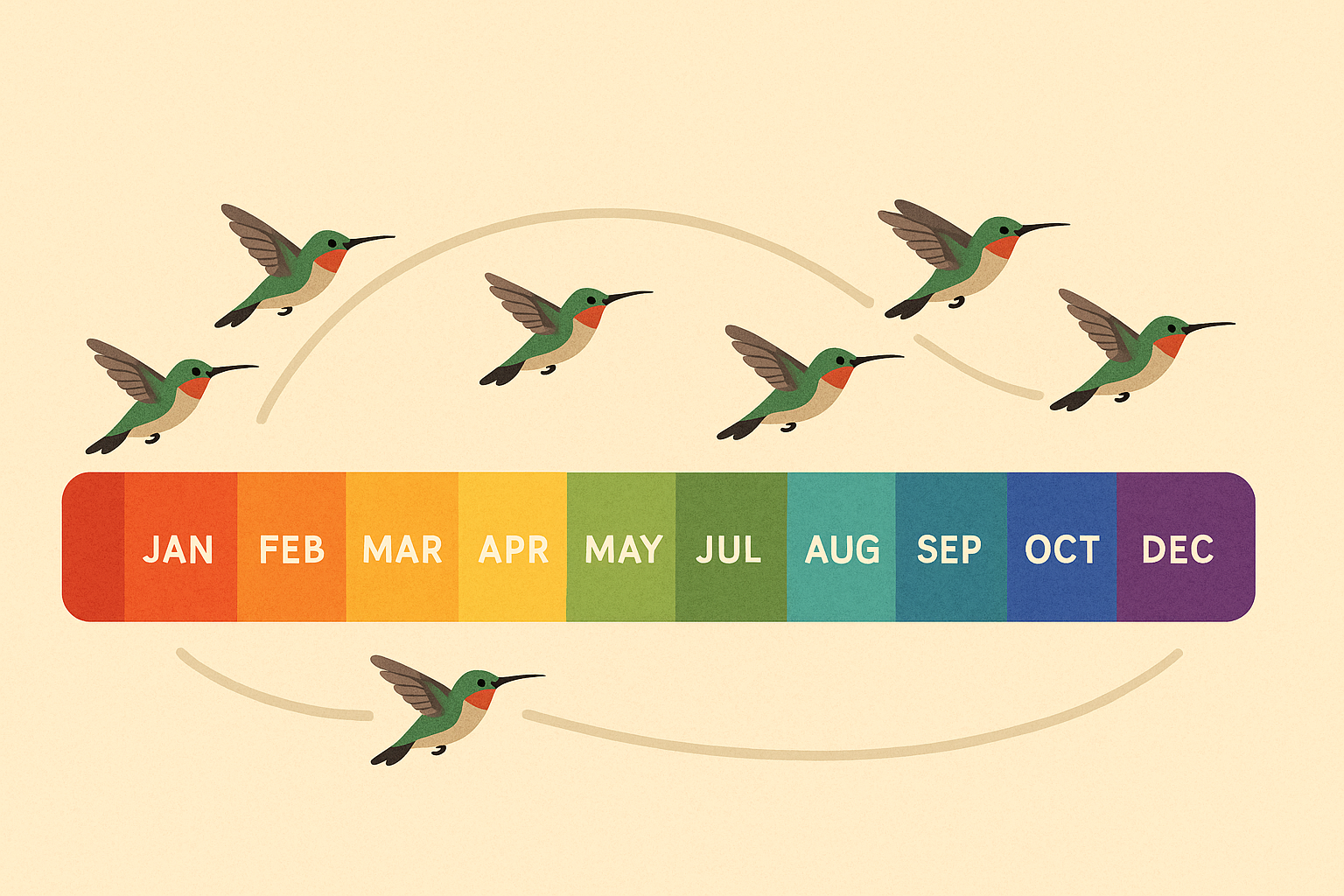Birdwatching becomes far more rewarding when you combine visual and auditory identification techniques. Listening to bird songs helps detect species hidden in dense foliage or active at night, like owls and nightjars. Meanwhile, tools like Merlin Bird ID can recognize over 1,300 species by sound alone.
Field biologists rely on sound for 90% of their identifications, proving its importance. Human hearing offers a 360-degree advantage, unlike the limited visual field. Even Shakespeare referenced bird songs in literature, showing their cultural significance.
Modern birders benefit from resources like the Cornell Lab of Ornithology and Audubon’s guides. Whether analyzing spectrograms or using mnemonics, mastering both sight and sound elevates your birdwatching skills.
Key Takeaways
- Sound helps identify hidden or nocturnal species.
- Tools like Merlin Bird ID support auditory identification.
- Human hearing provides a broader detection range than vision.
- Field biologists heavily rely on bird calls for accuracy.
- Cultural references, like Shakespeare, highlight bird songs’ significance.
Why Bird Identification Matters for Birdwatchers
Sound transforms birdwatching from a hobby into an immersive experience. It reveals species hidden by thick foliage or active at night, like owls and nightjars. Human ears offer a 360-degree advantage, detecting calls beyond our limited visual field.

The Role of Sound in Spotting Hidden Birds
Field biologists identify over 90% of species by sound during counts. Take Empidonax flycatchers—visually identical but distinguishable by unique songs. Ted Parker, a legendary ornithologist, identified 4,000+ species by ear alone.
Dense habitats like rainforests amplify sound’s importance. Parker compared birding without audio to “watching TV with the sound off”. Even Donna Posont, a blind birder, proves auditory skills can replace sight entirely.
How Sight and Sound Complement Each Other
Eastern and Western Meadowlarks look nearly identical but sing distinct tunes. Mnemonics, like the Barred Owl’s “Who cooks for you,” bridge memory gaps.
The dawn chorus challenges birders with overlapping songs. Yet, selective attention sharpens birdwatching skills, as shown by Cornell Lab’s audio studies. Tools like spectrograms further decode complex vocalizations.
How to Identify Birds by Sight and Sound
Spotting feathered friends in nature requires sharp observation of both appearance and vocalizations. Color patterns, body shapes, and movement habits offer visual clues, while rhythm and pitch variations reveal distinct species through sound.

Key Visual Markers: Color, Shape, and Behavior
Start by noting bright patches like the Northern Cardinal’s red plumage or a Blue Jay’s azure crest. Silhouettes matter too—compare a perched hawk’s broad wings to a swallow’s slender form.
Watch how birds move. Woodpeckers hitch up trunks, while warblers flit through branches. These behaviors narrow down possibilities quickly.
Listening for Rhythm, Pitch, and Tone
The Marsh Wren’s rapid chatters contrast sharply with a White-throated Sparrow’s leisurely whistles. High-pitched Cedar Waxwings sound nothing like a Common Raven’s deep croaks.
Spectrograms in apps like Merlin Bird ID visualize these differences, showing Prairie Warbler’s rising buzzes clearly.
Using Mnemonics to Remember Distinct Calls
Turn sounds into memorable phrases. A Barred Owl’s “Who cooks for you?” or a Carolina Wren’s “Germany-Germany” stick in your mind.
Practice with common species first. The Northern Cardinal’s “Birdie-Birdie” call makes a perfect starting point.
- Visual ID steps: Color → Shape → Movement
- Audio framework: Tempo → Pitch → Repetition
- Top mnemonics: “Wichity” (Common Yellowthroat), “Drink-your-tea” (Eastern Towhee)
Tools and Technology for Bird Identification
Modern technology revolutionizes bird identification with powerful audio and visual tools. From smartphone apps to scientific databases, these resources help enthusiasts and researchers alike.

Merlin Bird ID: Real-Time Audio Analysis
The free Merlin app identifies over 1,300 species across three continents using machine learning trained on eBird’s global database. Its live recording feature highlights possible matches while filtering background noise.
Developed by the Cornell Lab of Ornithology, Merlin provides customized bird lists based on your location and season. Users can submit recordings to improve its accuracy—a crowd-sourced approach to science.
Spectrograms: Visualizing Bird Sounds
These graphs transform audio into visual patterns:
- X-axis: Time progression
- Y-axis: Pitch frequency
- Color intensity: Volume amplitude
Apps like BirdNET use spectrograms to distinguish similar calls, such as the rising buzz of a Prairie Warbler versus the steady trill of a Chipping Sparrow.
Cornell Lab’s Macaulay Library
This archive holds 750,000+ recordings, including rare species like the Ivory-billed Woodpecker’s last documented calls. Researchers at the K. Lisa Yang Center analyze these for conservation efforts.
Top birding apps compared:
- Merlin Bird ID: Best for beginners (free, instant results)
- Audubon Bird Guide: Detailed species profiles (offline access)
- BirdNET: Advanced spectrogram analysis (85% AI accuracy)
Chemnitz University’s BirdNET team continues refining AI models through ecological research. These tools make the birding world more accessible than ever.
Advanced Techniques for Challenging Species
Mastering bird identification means tackling tricky cases where visual cues fall short. Some species look nearly identical but sound completely different. Others vocalize only at night or produce rare calls that stump even seasoned birders.

Cracking the Empidonax Flycatcher Code
The Empidonax group presents one of North America’s toughest identification challenges. These small grayish birds share nearly identical plumage but have distinct vocal signatures.
Key differences emerge in their 2-5 note song patterns:
- Acadian Flycatcher: Sharp “peet-sah” with rising second note
- Willow Flycatcher: Abrupt “fitz-bew” with raspy quality
- Alder Flycatcher: Soft “fee-bee-o” with descending finale
Field recordings from Cornell’s Macaulay Library show these variations clearly. The right machine learning tools can separate overlapping calls for analysis.
Nighttime Birding Strategies
Nocturnal species like owls and nightjars require special techniques. Their migration calls differ from daytime vocalizations, often being shorter and higher-pitched.
Experts recommend these night birding tools:
- Parabolic microphones to amplify faint calls
- Red-filtered flashlights to preserve night vision
- Automated recording units (ARUs) for continuous monitoring
Wood et al.’s 2021 study found ARUs increased detection rates by 37% during nocturnal surveys. These devices capture elusive species like the Eastern Whip-poor-will with clarity.
Decoding Rare Vocalizations
Some birds produce sounds that challenge standard identification. Juvenile birds, alarm calls, and mating songs often differ from typical adult vocalizations.
Compare these thrush songs:
- Wood Thrush: Flute-like, cascading tones
- Hermit Thrush: Spiral-shaped upward scales
Winter brings its own challenges. Distinguishing Common from Hoary Redpolls requires analyzing subtle call differences. Spectral analysis charts help visualize these variations for accurate identification.
Practicing Birding by Ear Like an Expert
The journey to expert-level identification starts with mastering familiar vocalizations. Beginning with backyard species like the American Robin builds confidence—their cheerful song contains 15+ distinct call types beyond the basic melody. This approach lets you practice in comfortable settings before tackling challenging species.

Starting with Familiar Species
Common birds offer the best learning opportunities. The American Robin’s melodious song serves as an ideal starting point, while mnemonics like “Drink your tea-ea-ea” help remember the Eastern Towhee’s call.
Try a 30-day challenge: master one new vocalization daily. Apps like Sibley eGuide provide instant reference during these sessions. Recordings reveal subtle differences between similar species over time.
Accelerating Learning Through Community
Joining local Audubon chapters boosts progress significantly. These groups offer 72% more field trips during peak migration seasons. Cornell Lab’s partnership directory helps find nearby clubs for guided experiences.
Group outings expose you to diverse habitats and expert techniques. Many birders report faster improvement when learning alongside experienced mentors.
Documenting Your Progress
Personal recording reviews help 68% of enthusiasts improve faster. Follow these smartphone techniques:
- Wind protection: Use foam mic covers
- Distance management: Stay within 50 feet for clarity
- File organization: Label with date/species/location
Advanced tools like Raven Lite analyze spectrograms of your recordings. One dedicated eBirder logged 400 species through consistent audio tracking.
Even daily activities offer practice opportunities. Expert Kenn Kaufman once identified eight species during a wedding ceremony purely by ear. This shows how immersive experience transforms casual listening into expert identification.
Conclusion
The world of birding offers endless discoveries for those who listen and observe. Mastering both visual cues—like color and shape—and audio patterns unlocks deeper connections with over 10,000 global species.
Seasonal strategies help. Spring migration demands quick ears for overlapping songs, while winter highlights crisp, solitary calls. Tools like Merlin Bird ID, paired with a field journal, sharpen accuracy.
Join citizen science projects through Cornell Lab to contribute. Legends like Ted Parker, who memorized 4,000+ vocalizations, show what’s possible.
Start your journey today with Audubon’s free app, featuring 821 species profiles. Every outing builds your expertise—one chirp, one sighting at a time.



0 Comments